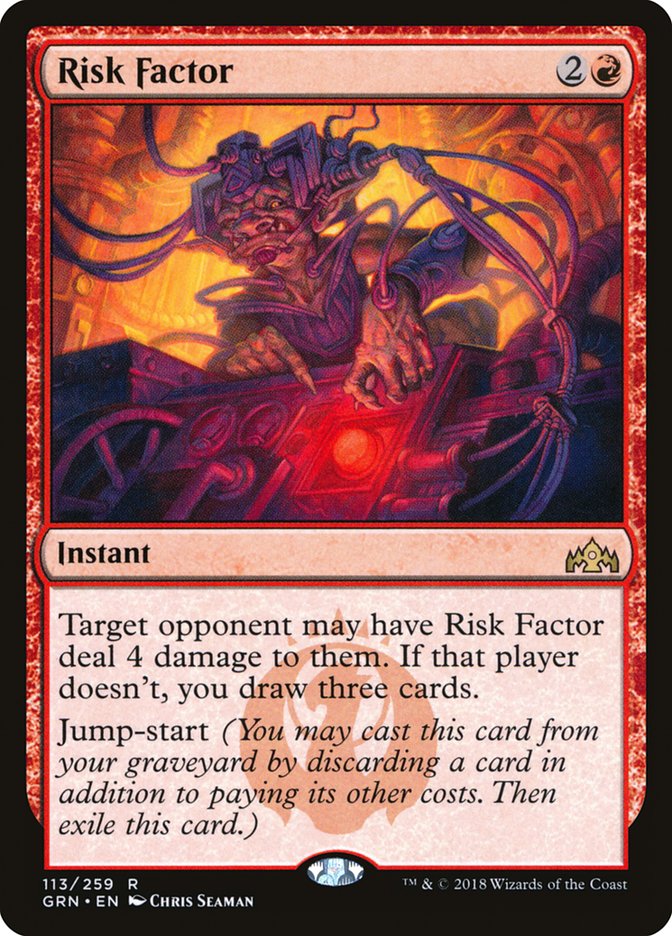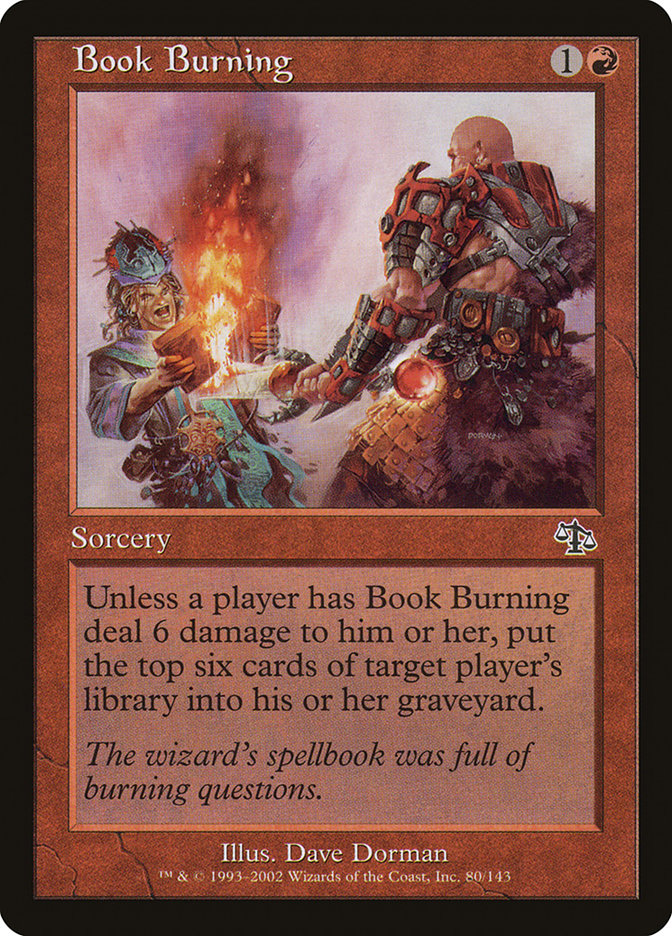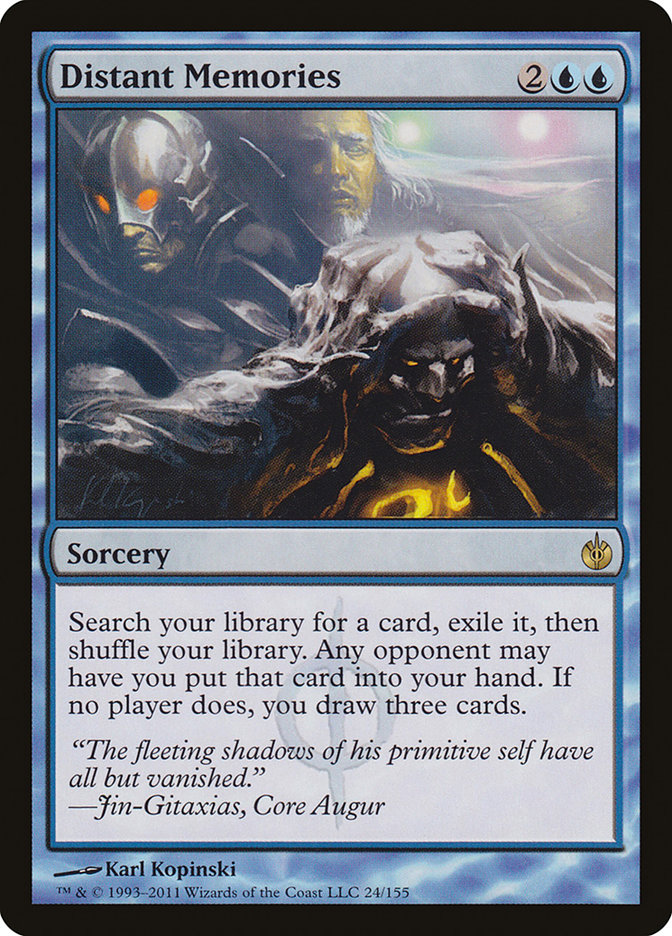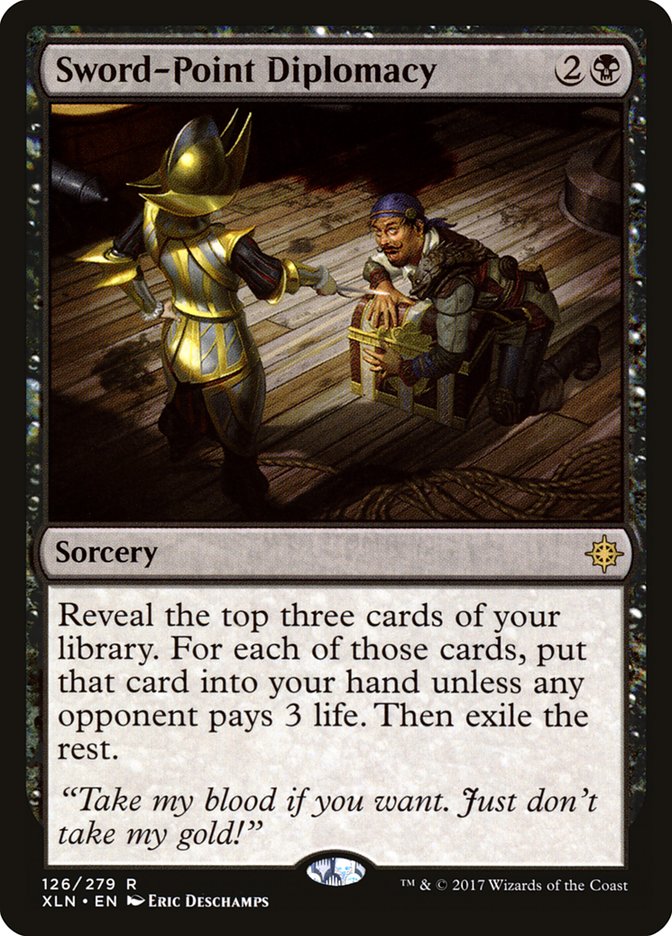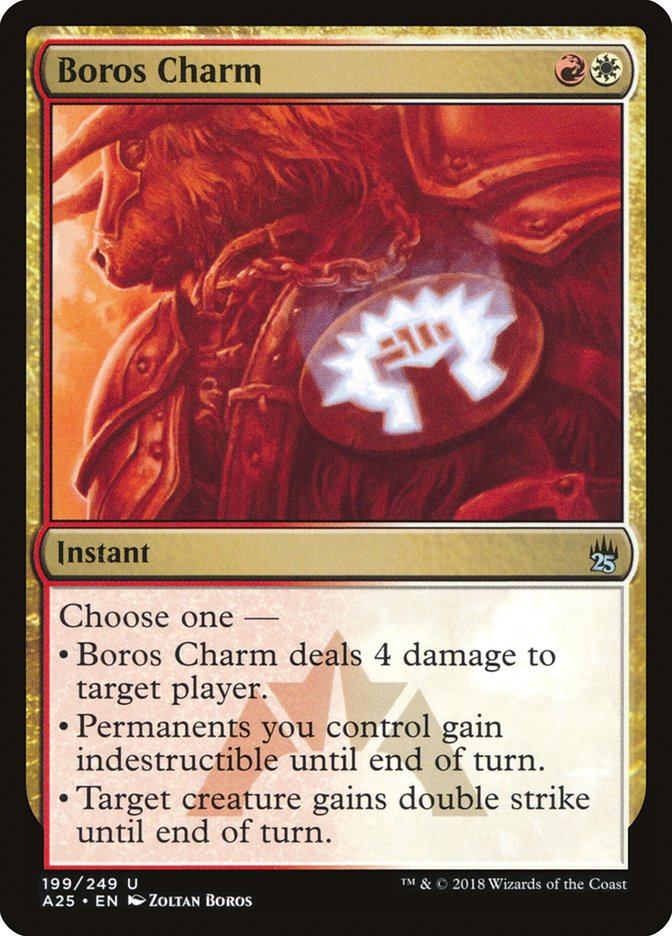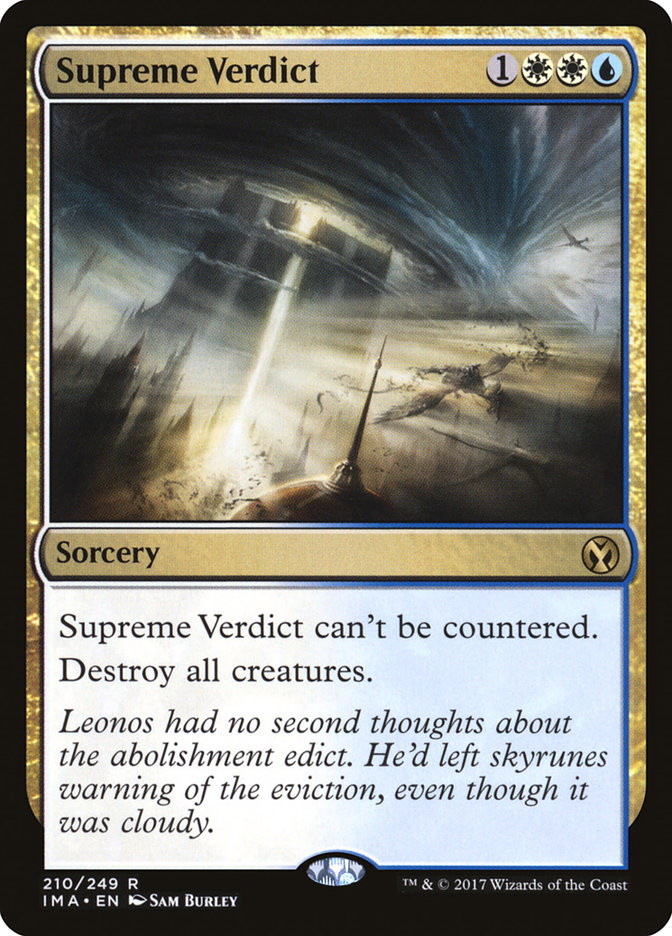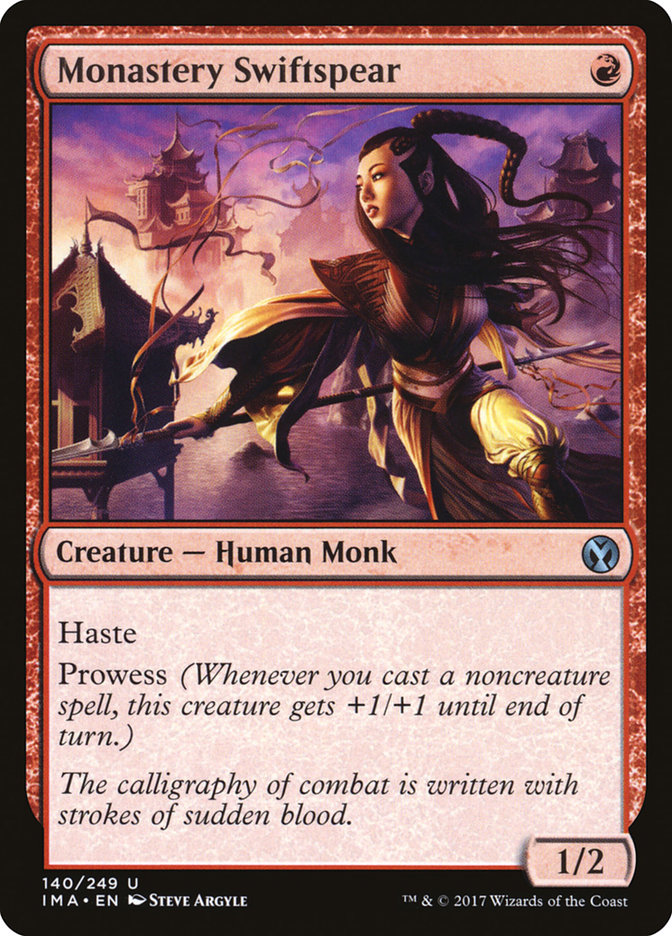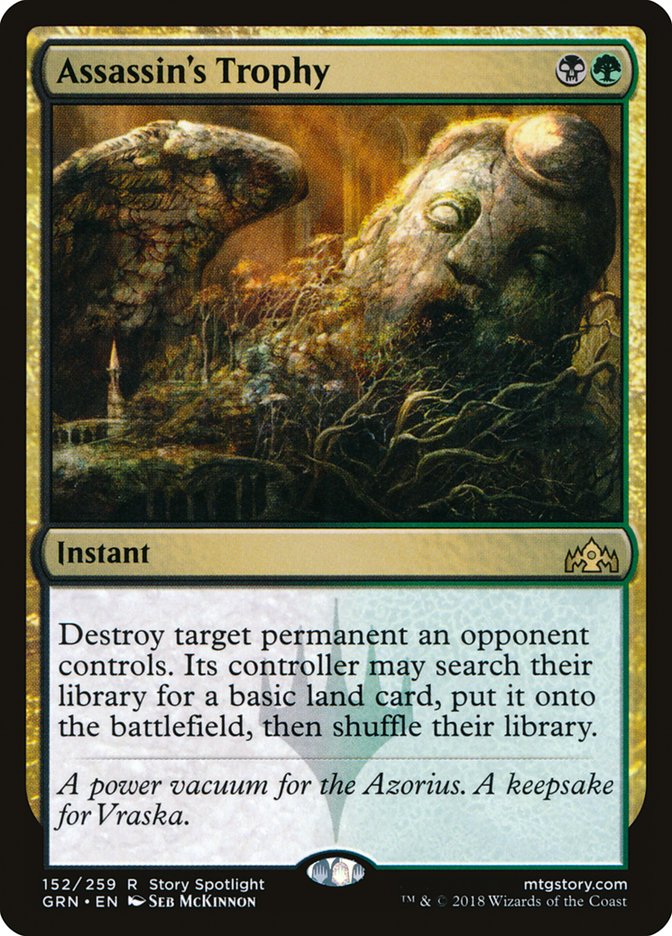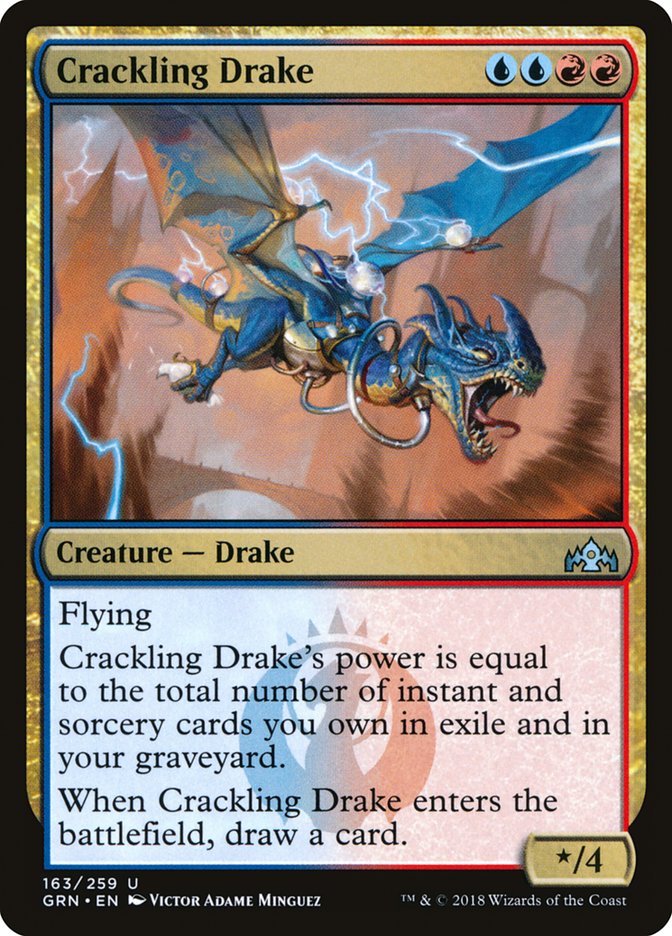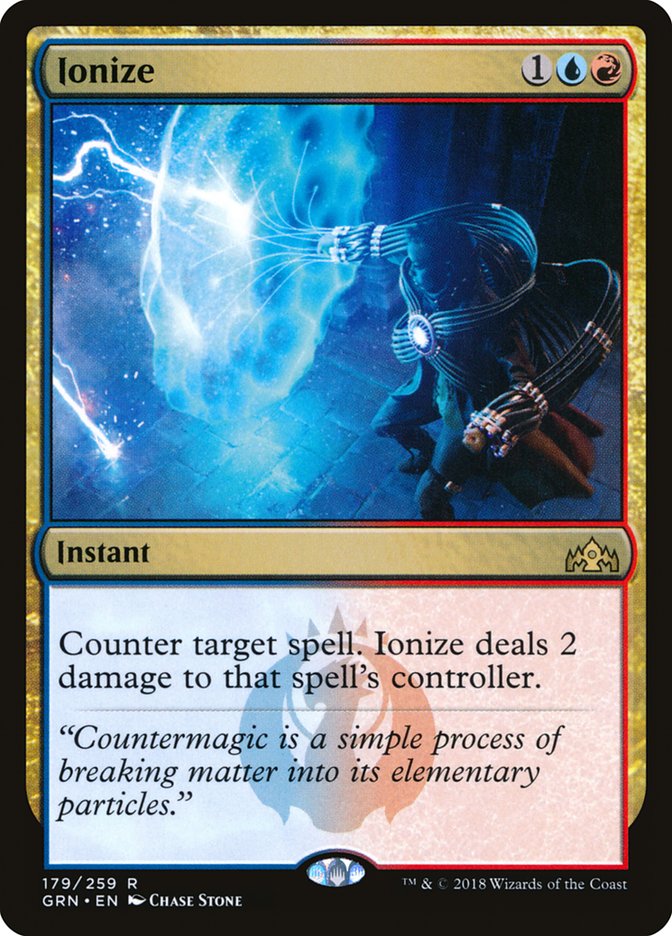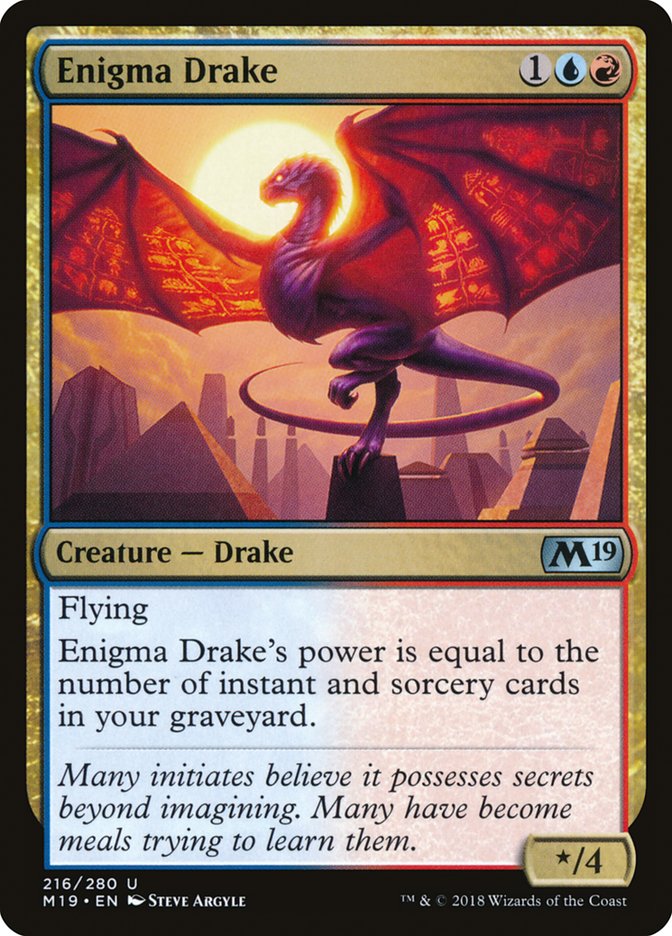For those of you who don’t know me, it’s nice to meet you. For those of you who know me, this won’t come as a surprise at all.
The name is Abe and I have an absolute love for playing Burn.
Actually, let’s start over.
To say I love playing Burn would be a little dishonest and I bet that given my name, some of you might be feeling a tad betrayed but here we go:
I love playing Burn except for when I lose with it.
Obviously, players like playing their decks more when they’re winning than losing, but Burn has some of the hardest losses to stomach in all of Magic. You draw a creature when you need a Lightning Bolt, or you draw two or three lands in a row as your opponent begins to corner you, and by the nature of your strategy, you just get to stare as that single-digit life total on your life pad mocks your misfortunes.
I’ve been a big believer in Burn as a strategy recently in Modern but haven’t been able to talk myself into pulling the trigger on actually playing it on the SCG Tour for, ironically, the same reason I feel I’ll be able to now.
The Risk Factor.
I’ve got goosebumps. Everything about this card makes me excited: the name, the way it plays, the big red button in the art. There is so much to love about Risk Factor. Not only is this card in the running for best punk rock band name on a Magic card, I think it’s the best card with a “punisher” mechanic ever printed.
It takes a special type of deck to take advantage of punisher cards. For starters, all options on the card must be wins for you when the spell resolves. When you’re choosing to let your opponent tell you what your card does, this is the first check your card absolutely must pass.
You don’t see many Jund decks in Modern using Bloodbraid Elf to reveal Browbeat to draw three cards, and for good reason. Sure, Jund has some large creatures that can apply a lot of pressure to the opponent’s life total, but that isn’t the objective of playing Jund. Historically, this is where punisher cards fail and where players fall into a trap of misevaluating their strength.
What Burn deck cares if the opponent mills six cards? What mill deck cares about the opponent’s life total? The effects are too varied to have any focused effect and your opponent can choose what matters to them. Cards like Vexing Devil come close but fall short, not because they aren’t focused, but because on Turn 4 or Turn 5 a 4/3 creature is invalidated easily and so it has little to no impact.
Risk Factor, on the other hand, is ideal in a deck like Burn where your whole goal is to cast Lava Spike seven times and so your entire deck is Lava Spikes in trench coats. Once you know your punisher card is going to be a win in your deck, you’ve got to make sure it’s a loss for the opponent. Creating a lose/lose decision for the opponent is almost more important for punisher cards than being a win/win for you.
If you cast a card like Distant Memories, you may think that casting Diabolic Tutor and Concentrate are both worth your mana and a card, but your opponent gets to decide which effect to fight through.
You could also look at Sword-Point Diplomacy and think about all four of the outcomes as positive: “draw three cards,” “draw two cards and the opponent pays three life,” “draw one card and the opponent pays six life,” or “the opponent pays nine life.” While these all sound like strong exchanges, your opponent is actually being presented with three win/win decisions by picking each card’s fate.
To make a card good, you must force your opponent to make a bad choice. For a punisher card to be good, all the opponent’s possible choices must be bad. Yet Risk Factor is perfect for a deck like Burn where almost every decision is based on dealing damage to the opponent or living longer to take more draw steps. Burn gets these simple decisions because all cards but lands work toward those two goals.
And that’s where the risks of playing Burn on the SCG Tour have scared me away.
Fifteen is a lot of rounds of play with the hopes that when your next few cards need to be spells, they are. You can argue the same is true of a lot of decks in Modern, but if I play a deck like Jeskai Control, Storm, or Hollow One, my deck has cards that can bail me out of lackluster draw steps. Boros Charm and Lightning Helix aren’t catch-up spells like Supreme Verdict, Gifts Ungiven, or Faithless Looting.
At SCG Baltimore last month, Collins Mullen took his risks to the extreme by playing a version of Burn with full playsets of Street Wraith, Mishra’s Bauble, and Bomat Courier in an effort to go out there and make his own luck.
Casting even one copy of Risk Factor in a game can totally change who has the upper hand because it has Jump-start. Everyone who’s played against Burn will tell you a story of having to hold their breath for a few turns and hope it all worked out. That’s the true beauty of Risk Factor: the despair your opponent feels, knowing they can’t just hope to survive.
That’s what really sets Risk Factor apart. Having to make one lose/lose decision is tough, but those decisions really scale up in difficulty when you must make them multiple times. Those decisions also get more difficult if you must make them without as much information as you’d want.
Imagine this scenario: We’re playing Azorius Control in Modern and our Burn opponent casts Risk Factor on the end of our Turn 3. Our life total is twelve and we’re looking at a Monastery Swiftspear we’ll use Path to Exile on, and if we make it to four mana, we’ve got quite a bit of countermagic between a Snapcaster Mage and a Cryptic Command. In that spot, we’re probably taking four damage, but what about on the next turn?
Taking the Burn player’s seat, we suddenly have all the control. We can immediately Jump-start our Risk Factor and force our opponent into another tough decision, or we can wait until their next end step when they have four untapped mana and see how they like it then! Can they really go to four? Do they have to use their Cryptic Command right here and put the shields down? Who’s really the player in control of the game?
Burn is used to forcing the issue for an opponent, as every spell is dangerous, but Risk Factor brings up the issue of how the game is going to end, and it does so early, often, and on your terms. By virtue of being an instant, Risk Factor lets the Burn player ask, “With what you know right now, what do you want to have happen? Oh, you’re casting a Vendilion Clique? Before you look, answer my question.”
That’s a lot more power than Browbeat has ever offered, and if I were playing a Modern tournament this weekend instead of the Guilds of Ravnica Prerelease, these are the risks I’d be taking.
Creatures (13)
Lands (20)
Spells (27)
Sideboard

With the printing of Assassin’s Trophy and with Azorius Control being one of the top dogs of Modern, it doesn’t feel like too much of a stretch to support a three-mana instant in Burn anymore. I remember days where we played cards like Flames of the Blood Hand and we liked it, so this is a real treat to have such an impactful three-drop.
Building with a potential three-mana draw-three spell in mind means new considerations for a Burn deck. Cards like Shard Volley become difficult to include, despite wanting more spells with low costs. In the above list I went up to four copies of Lightning Helix as a hedge towards living long enough to use extra cards in the matchups where a three-mana spell can be a liability.
I also moved a Grim Lavamancer to the sideboard, as the addition of a three-mana Jump-start spell changes the need for Lavamancer’s reach and the card can be taxing on your mana. It could be that Grim Lavamancer eventually proves to be correct, but for now, I’m leaning towards more Risk Factors to ride out the Assassin’s Trophy hype wave.
But why stop here? What other formats can I make my opponents feel the burn in?
Last week, Ari Lax wrote about Crackling Drake before all of Guilds of Ravnica was previewed, and while I dig what he had going on in that article and you should definitely read it, I think we can do something a little different.
Creatures (16)
Lands (20)
Spells (24)

This one might not be ready to shine just yet, but we’ve seen what can happen when Standard has access to too much direct damage. Crackling Drake is a big piece of the puzzle with a lot of colors losing their premier four-mana plays, so this one slots right in. This deck promises to put the pressure on you, and it seems rare that a Drake would be smaller than a 4/4 by the time you’re attacking with it.
Another card I’m quietly excited about is Electrostatic Field. Four is a lot of toughness to push through with an aggressive deck and a lot of the removal works in threes, so this can eat some of the removal to clear the way for Crackling Drake. Cards like Thermo-Alchemist have had their time in the sun before, and even if this iteration falls short, the kindling for the fire of Burn is gathering in Standard as well.
This deck also makes good use of Ionize as a way to protect itself, and it operates in a crucial place on the mana curve with Risk Factor, giving you options rather than feeling like you’re getting played leaving up three mana every turn.
In the early stages of Standard formats, doing something unexpected can have a gigantic payoff, and a lot of players can get flustered by the open frontier of decisions in front of them. This is another big score for Risk Factor in my book. Having to make difficult lose/lose decisions is tough, and making them without knowing everything about the situation is what every horror video game is about.
Maybe we can leverage that by not going entirely in one direction here. Misdirection is a powerful tool for deceiving people into making wrong decisions, so what if our deck looked more like this?
Creatures (12)
Lands (22)
Spells (26)

This list is outside the box, but if we can leverage the fear that a start of Electrostatic Field and some burn spells can generate, suddenly Risk Factor is the last thing our opponents want to see. A deck like this might need to rely on some quick thinking and could use some more ways to leverage our opponent taking four damage, but the unexpectedness of a card like this shouldn’t be overlooked so quickly.
When you’re playing an unorthodox deck in the first week of a format, the information game is real, and with some creativity you can make your opponent’s life tough. For example, an opponent who reads this article would know the subgame of trying to figure out what mode of Risk Factor is least detrimental to them.
This could lead to them creating a mental shortcut: “The deck with Enigma Drake is less aggressive.” If you then put Enigma Drake into the more aggressive deck, they’re eating out of the palm of your hand! It’s no wonder to me that Izzet is full of mad scientist geniuses!
Miles-deep rabbit holes and cat-and-mouse games aside, I do genuinely believe that Risk Factor is the real deal and I’m excited. Difficult-to-evaluate cards like Browbeat have always been some of my favorites. Seeing one this sweet has set my mind ablaze with possibilities, and I hope you all get a chance to set your opponents ablaze with them too.
Let’s get out there and take some risks!


